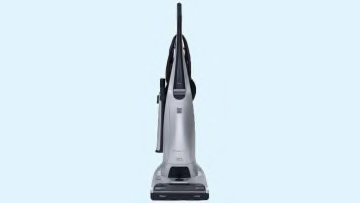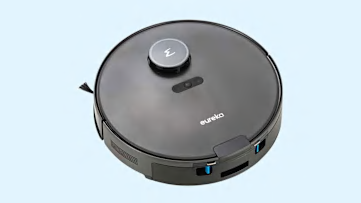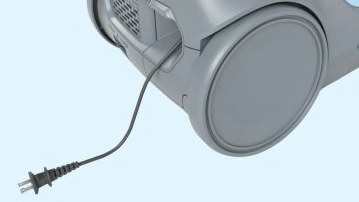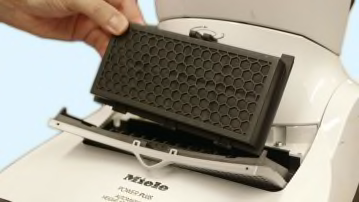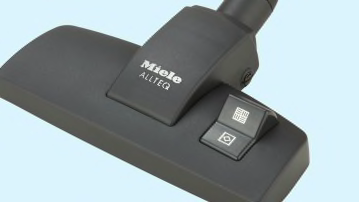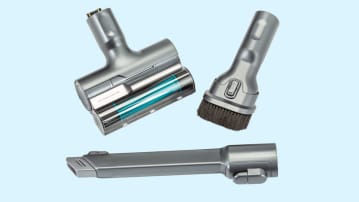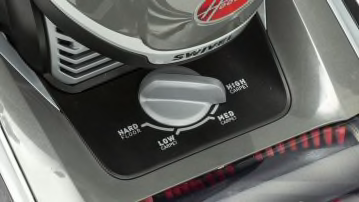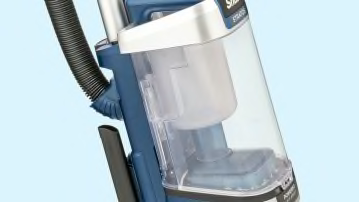Choose the Right Vacuum for Your Home
We test hundreds of models, including lightweight sticks and handheld vacuums, heavy-duty uprights and canisters, and zippy robovacs
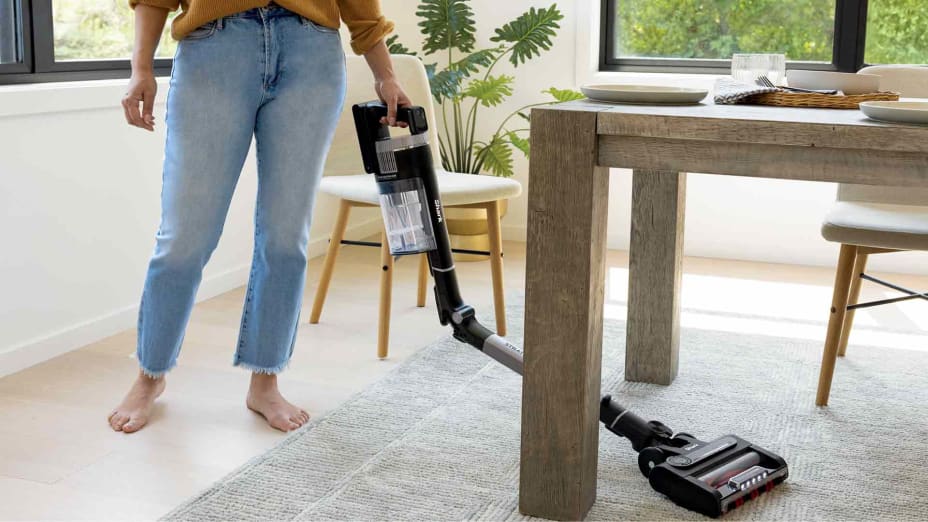
Photo: Shark

Senior Home & Appliances Writer
Top Vacuum Cleaners Questions
Which type of vacuum is best?
-
Upright Vacuums
Best for Deep cleaningPrice $50 - $600Weight 8 - 21 poundspros & consUpright Vacuums Ratings- Best for carpet
- Easy to store
- Not so handy if you have a home with lots of stairs
- Tend to be noisier than other vacuum types
-
Canister Vacuums
Best for Hardwood floorsPrice $70 - $1,200Weight 9 - 26 poundspros & consCanister Vacuums Ratings- Easier than an upright to use on stairs and under furniture
- Comes with lots of attachments
- Can be awkward to handle
- The bulky design can make them hard to store in a closet
-
Stick Vacuums
Best for Quick cleaningPrice $30 - $1,000Weight 3 - 9 poundspros & consStick Vacuums Ratings- Compact and relatively lightweight, they're easy to store
- Suction has been improving
- Not good as a primary vacuum if you live in a large space
- Batteries of cordless models limit run time and tend to deteriorate over time
-
Handheld Vacuums
Best for Surface and spot cleaningPrice $30 - $250Weight 1 - 4 poundspros & consHandheld Vacuums Ratings- Easy to handle
- Good for hard-to-reach spots
- Handy for cleaning out a car
- Lack the power and capacity of full-sized vacuums
-
Robotic Vacuums
Best for Touch-ups and ongoing light cleaningPrice $90 - $1,300pros & consRobotic Vacuums Ratings- Can be programmed to work when you want them to
- Good for in-between cleaning sessions
- Can’t replace a full-sized vacuum
- You have to clear floors of obstacles beforehand
What type of vacuum is right for my home?
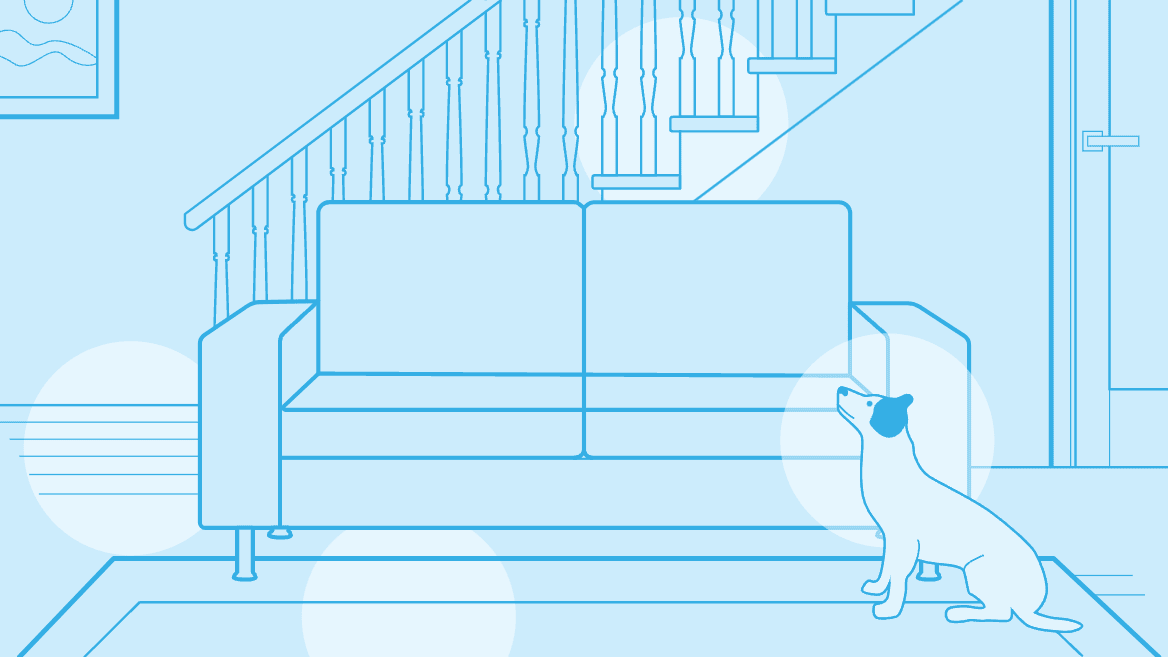

-
If you have mostly bare floors
If you have beautiful hardwood floors or other noncarpeted surfaces (such as tile, laminate, or vinyl), look at canister vacuums, which do well on that type of flooring. And if you live in a tiny place, a stick may be all you need.
-
If you have lots of carpet
If you have wall-to-wall carpet or even some thick area rugs, an upright vacuum is the best choice. Because the vacuum's entire weight is over the powerhead, it can dig deeper into carpet fibers.
-
If you have stairs
Carrying a heavy vacuum up and down stairs is a pain and a bit risky. If you have only one vacuum, a canister is the best choice because its two-part design lets you distribute the weight more evenly. But opt for a smaller second vacuum if you have the storage space and budget.
-
If you have pets
Each vacuum we test goes through a special pet-hair pickup test. Models that do well on carpet are also good at removing pet hair, but so are the top-rated canisters and sticks.
Do I need a second vacuum?
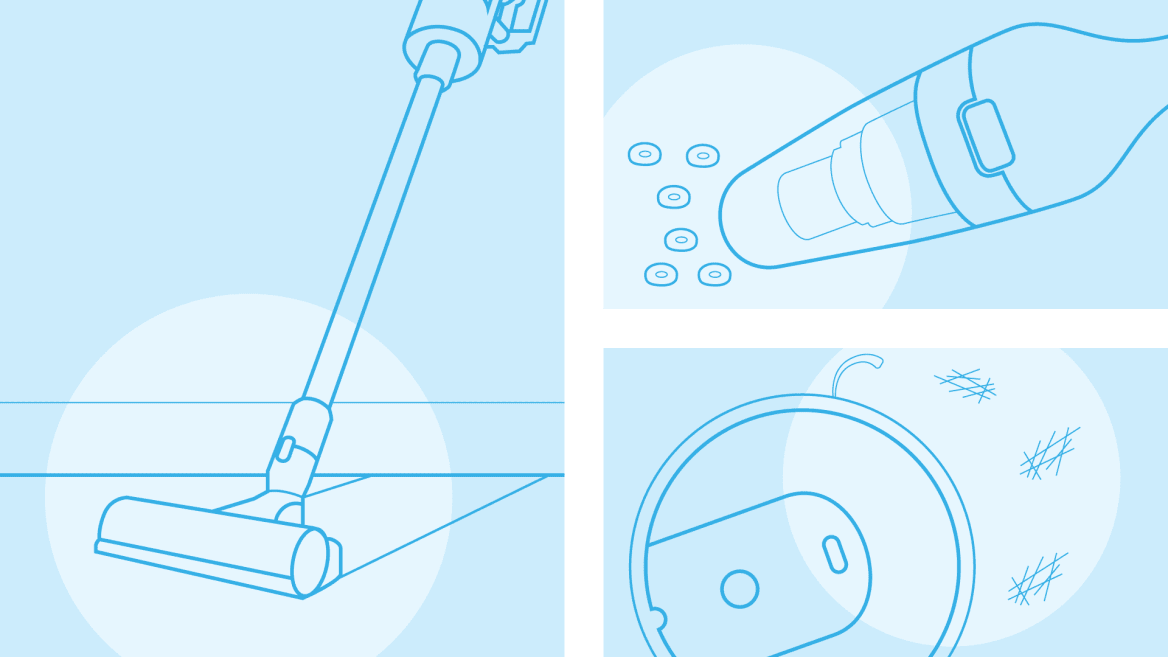

-
Corded sticks
While corded stick vacuums are considered more reliable and generally less expensive than their battery-operated brethren, the cord can be a tripping hazard and makes them slightly less convenient (which is the whole point of a stick vac).
-
Cordless sticks
The top cordless stick vacuums perform superbly in our tests. But the Achilles' heel of all cordless vacs is the battery, which can diminish in power over time or die completely.
-
Handhelds
A handheld vacuum is a must if you have a child or grandchild. You can quickly clean up messes that fall from a high chair or car seat without pulling out your primary vacuum.
-
Robotics
You can set and forget a robotic vacuum, leaving it to handle routine cleanups. In recent years, more robovacs have come equipped with mopping capabilities.
Should I get a robotic vacuum?
When is the best time to buy a new vacuum?
Just about anytime. Vacuum cleaners are featured in almost every holiday sale, including Presidents’ Day and Black Friday. If you miss one sale, another is likely to be coming right behind it. So unless you’re in dire need of a replacement, you can avoid paying full price. You can even find high-end brands like Dyson and Miele at reduced prices on many sale days.
Which vacuum features should I look for?
-
Cord control
Photo: KenmoreUprights often have a cord-release clip that lets you free the entire cord at once rather than one wrap at a time. And canisters typically have a rewind feature that stores the cord internally.
-
Filters
Photo: Consumer ReportsVacuum cleaners have filters that trap dirt and particles, preventing them from being released into the air. In CR’s tests, models with a HEPA filter have been very effective at reducing such emissions, which is helpful for people with allergies or respiratory issues. Filters need to be cleaned or replaced periodically.
-
On/off brush roll switch
Photo: Consumer ReportsThis feature helps prevent debris from scattering when cleaning hardwood, vinyl, and other uncarpeted surfaces. Turn the brush roll off on a bare floor and turn it on when cleaning carpets.
-
Attachments
Photo: Consumer ReportsMany vacuums come with add-ons, such as a crevice tool for cleaning corners and hard-to-reach areas, a small brush for upholstery, a round brush for dusting, an agitator bristle brush to dislodge grit from carpet, or an extension wand to reach high ceilings.
-
Manual pile height adjustment
Photo: Consumer ReportsThis adjusts the height of a machine’s brush roll to a carpet’s pile height, which allows for easy movement and more thorough cleaning. It's automatic on some models.
-
Bagged vs. bagless
Photo: Consumer ReportsSome upright vacuums and canisters use bags instead of collecting dirt in a bin. Bagged vacuums tend to hold more, and replacing a filled bag releases less dust and fewer allergens into the air than emptying dirt from a bin. Bagless vacuums, however, can save you money because you don’t have to buy replacement bags. They also come with a lower environmental cost because vacuum bags are generally not recyclable.
















